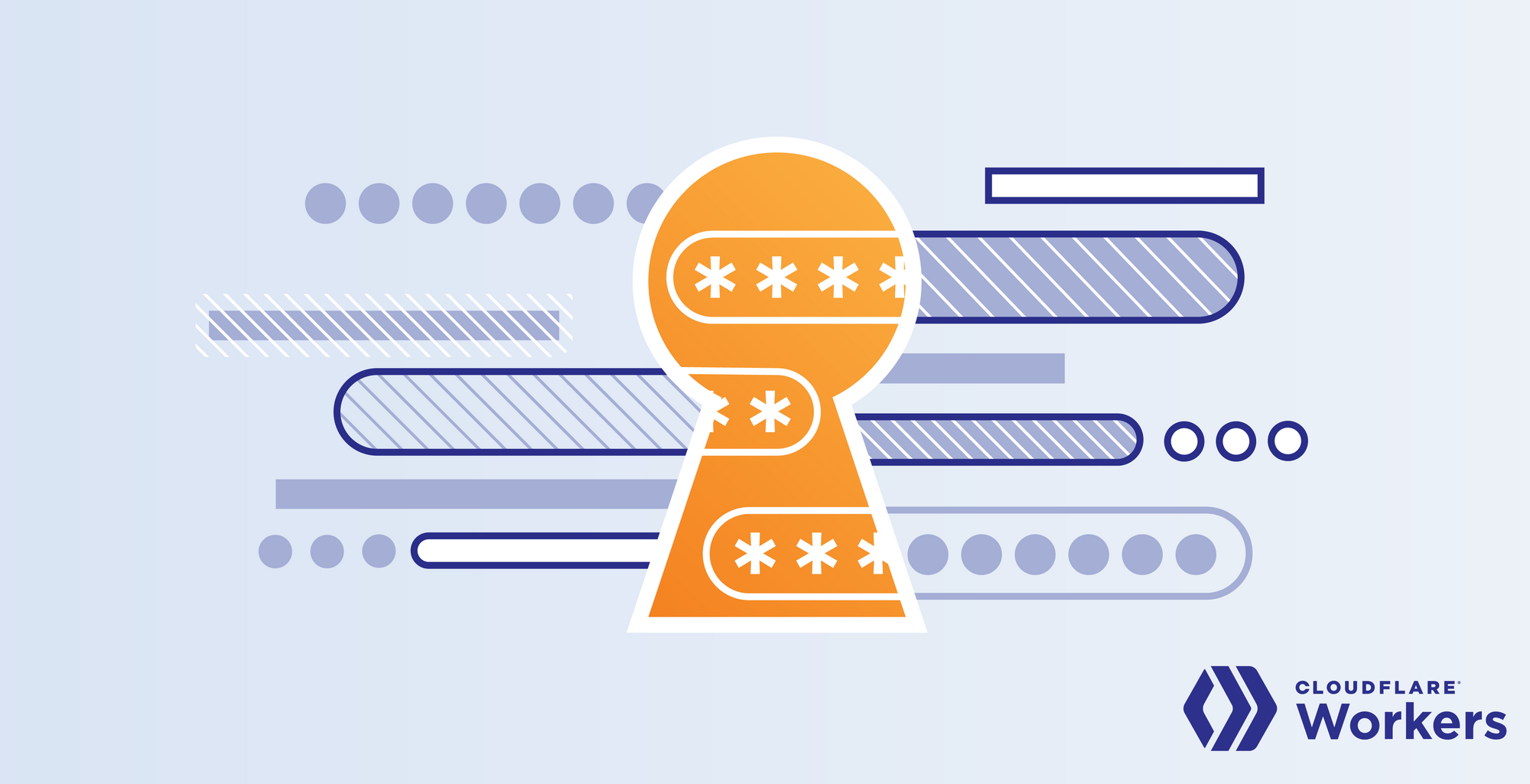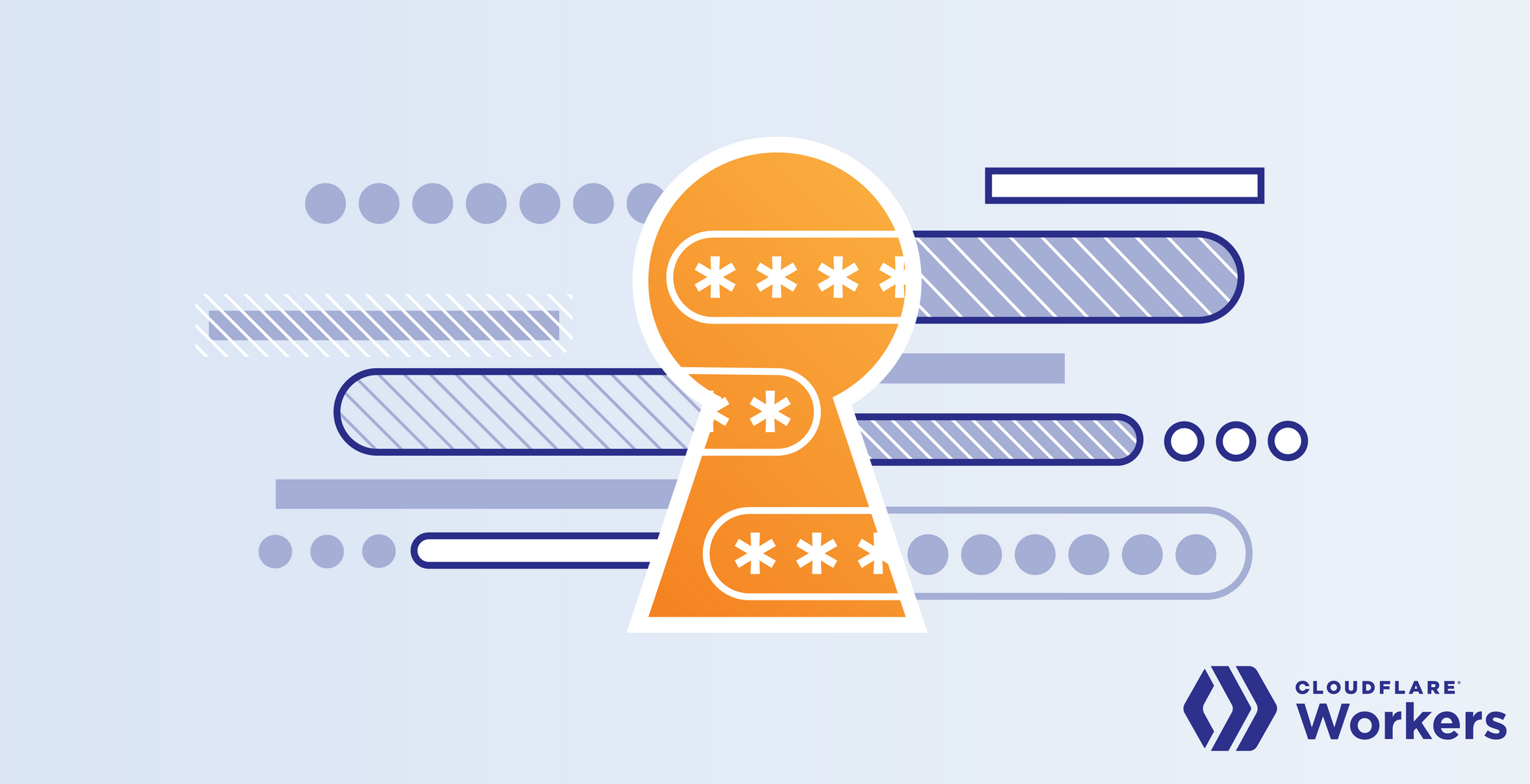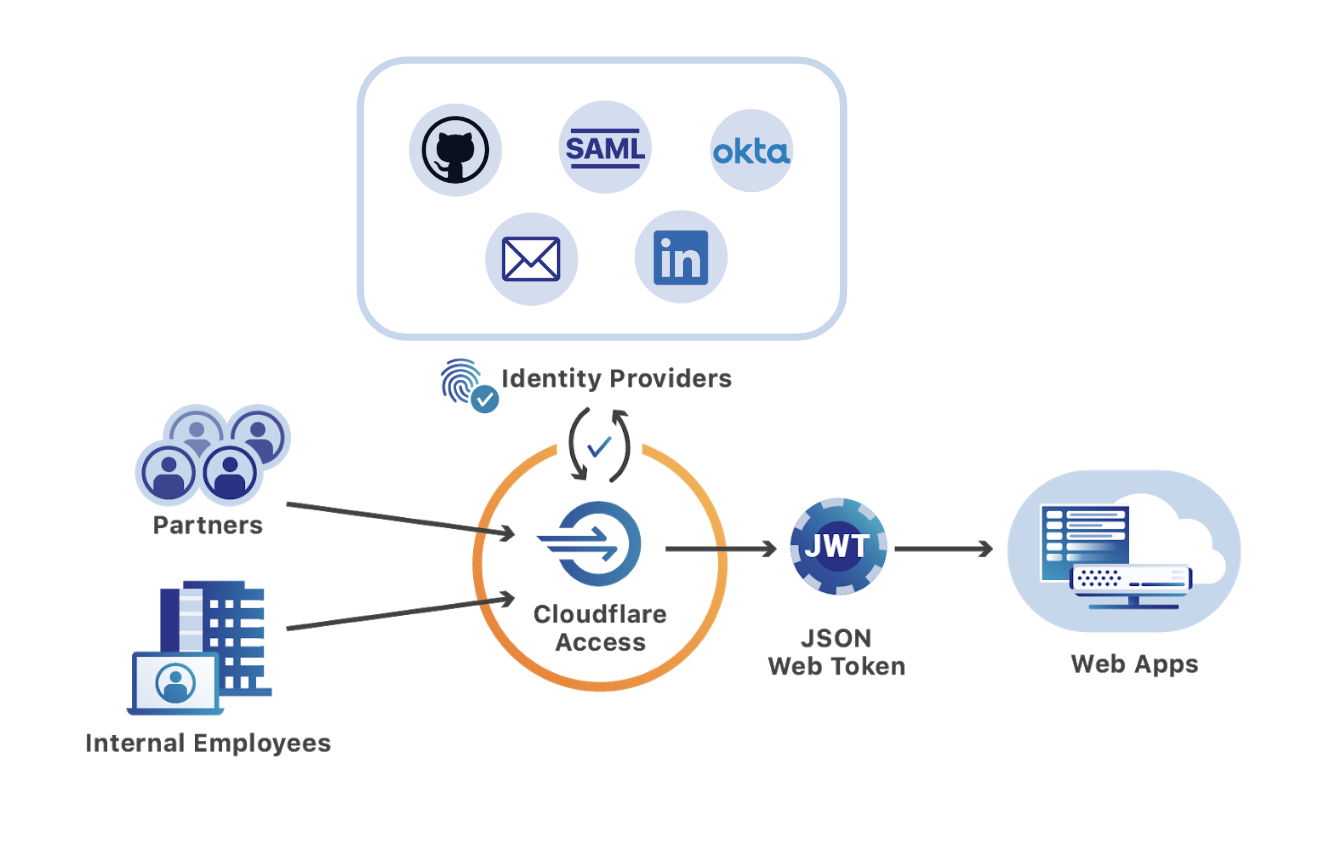Sanjay Poonen Talks VMware’s Multi-Billion-Dollar Security Strategy
“We see a tremendous opportunity to create a multi-billion-dollar security company,” Poonen...
Microsoft’s Ann Johnson: Security Needs AI With Human Spirit
“We need to combine AI with that human apathy,” she said during an RSA keynote. “We need both...
Fiery Debate Ensues Over Huawei Supply Chain Risk
A discussion with panelists from the U.S. Department of Defense, Huawei, a conservative think tank,...
Genomics and Privacy Collide at RSA Conference
Informed consent of genetic data is critical, but people aren’t always clear about what they are...
Daily Roundup: Cisco SD-WAN Targets FedRAMP
Cisco SD-WAN targeted FedRAMP; Verizon warned of mobile security risks; and the Russians are coming...
Airline Exec Dishes Advice to Security Vendors at RSA
Southwest Airlines’ Carrie Mills says CISOs want less agents, fewer point products, and more...
The Russians Are Coming for Your Network
Once Russian state-sponsored groups compromise just one machine, they can move laterally to other...
Introducing Secrets and Environment Variables to Cloudflare Workers


The Workers team here at Cloudflare has been hard at work shipping a bunch of new features in the last year and we’ve seen some amazing things built with the tools we’ve provided. However, as my uncle once said, with great serverless platform growth comes great responsibility.
One of the ways we can help is by ensuring that deploying and maintaining your Workers scripts is a low risk endeavor. Rotating a set of API keys shouldn’t require risking downtime through code edits and redeployments and in some cases it may not make sense for the developer writing the script to know the actual API key value at all. To help tackle this problem, we’re releasing Secrets and Environment Variables to the Wrangler CLI and Workers Dashboard.
Supporting secrets
As we started to design support for secrets in Workers we had a sense that this was already a big concern for a lot of our users but we wanted to learn about all of the use cases to ensure we were building the right thing. We headed to the community forums, twitter, and the inbox of Louis Grace, business development representative extraordinaire, for some anecdotes about Secrets usage. We also sent Continue reading
NTT Fuels Academic Research Into Security
One of the near-term goals is to make cryptography more robust and ready for a post-quantum...
McAfee Gets SASE, Buys Light Point Security
McAfee plans to integrate Light Point Security’s browser isolation technology into its secure web...
Daily Roundup: Google Loves Intel’s Security Transparency
Google showed love for Intel’s security transparency; VMware gained an extra boost with cloud...
CenturyLink CSO Decries Abundant, Niche Security Services
“Part of the challenge that I have is taking all of these different technologies and tying them...
Why Google Trusts Intel’s Security Strategy
“When it comes to building an overall security stack, hardware and the firmware that runs on that...
Mellanox ConnectX-6 SmartNIC Arrives, BlueField-2 on the Way
Mellanox, which is being acquired by Nvidia in a $6.9 billion deal, announced the pair of SmartNICs...
Security that’s Designed for the Modern Data Center
The last 12 months have been incredibly exciting for the security business at VMware. Last year at RSA Conference 2019, VMware CEO Pat Gelsinger outlined our Intrinsic Security strategy in his keynote presentation, “3 Things the Security Industry Isn’t Talking About”. We also announced the VMware Service-defined Firewall, a stateful Layer 7 data center firewall. As pioneers of micro-segmentation, the Service-defined Firewall extended our leadership in protecting east-west traffic in the data center.
Later in the year, we announced two major acquisitions –Avi Networks and Carbon Black. The acquisition of Carbon Black brought to VMware an industry-leading endpoint security platform, and made the entire industry take notice of VMware’s intentions to transform security. With Avi Networks, we acquired a software-defined, elastic, and high-performance load balancer that comes equipped with a full-featured web application firewall (WAF). Maintaining the momentum in building out our security portfolio for the digital enterprise, we announced the VMware NSX Distributed Intrusion Detection and Prevention System which will bring advanced threat controls to the Service-defined Firewall.
At RSA Conference 2020, we are introducing VMware Advanced Security for Cloud Foundation, a modern data center security solution for today’s private and public clouds. This solution will include VMware Carbon Continue reading
Fortinet Forges FortiAI Security Service
The service utilizes a "self-learning" deep neural network to automate rote security tasks to...
Daily Roundup: Cisco SecureX All-In on Cloud Native
Cisco went all-in on cloud-native security with SecureX; AT&T joined Open Cybersecurity...
Seamless remote work with Cloudflare Access

The novel coronavirus is actively changing how organizations work in real-time. According to Fortune, the virus has led to the “world’s largest work-from-home experiment.” As the epidemic crosses borders, employees are staying home and putting new stress on how companies manage remote work.
This is only accelerating an existing trend, however. Remote work has gained real traction in the last decade and Gartner projects that it will only continue. However, teams which are moving to a distributed model tend to do so slowly. When those timelines are accelerated, IT and security administrators need to be able to help their workforce respond without disrupting their team members.
Cloudflare Access can help teams migrate to a model that makes it seamless for users to work from any location, or any device, without the need for lengthy migrations or onboarding sessions. Cloudflare Access can be deployed in less than one hour and bring SaaS-like convenience and speed to the self-hosted applications that previously lived behind a VPN.
Leaving the castle-and-moat
When users share a physical space, working on a private network is easy. Users do not need clunky VPN clients to connect to the resources they need. Team members physically sit close Continue reading
Verizon Warns of Rising Enterprise Mobile Security Risk
The operator’s third annual survey on mobile security concluded that 43% of respondents believe...